10. Guyaju
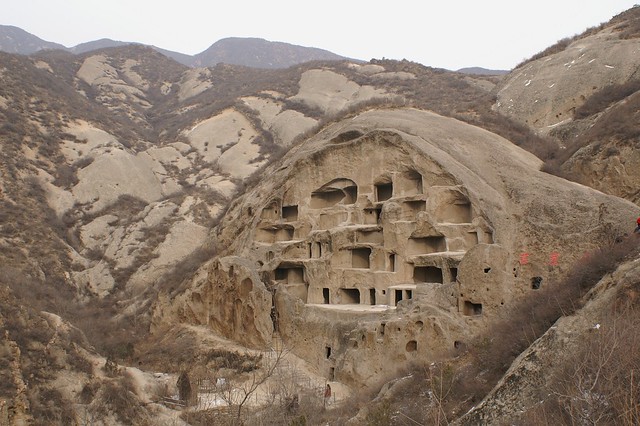 f
fSometimes called the biggest maze of China, Guyaju is an ancient cave house located about 92 kilometers (57 miles) from Beijing. No precise record of it has ever been found, so no one knows its exact origins. The house was hewn from the craggy cliffs overlooking Zhangshanying Town. The intriguing house complex has more than 110 stone rooms, and is the largest cave dwelling ever discovered in China.
9. Matmata
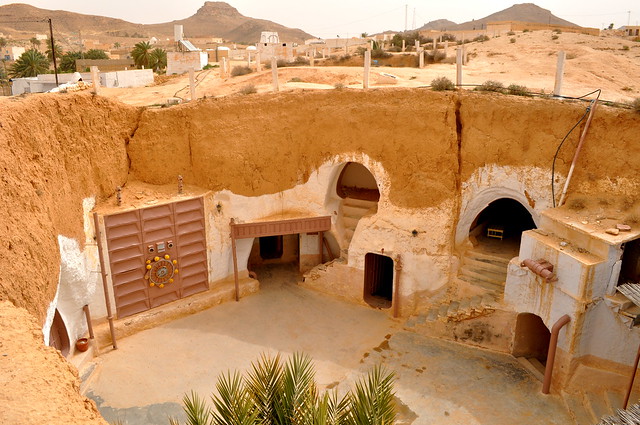
Matmata is a small village in southern Tunisia. Some of the local Berber residents live in traditional underground “troglodyte” dwellings. These cave dwellings are created by digging a large pit in the ground. Around the perimeter of this pit caves are then dug to be used as rooms. These homes were made famous by serving as the location of the home of Luke Skywalker and his aunt and uncle Lars. The Hotel Sidi Driss was actually the Lars Homestead and is the must-stay location in Matmata for any Star Wars fanatics.
8. Bamiyan
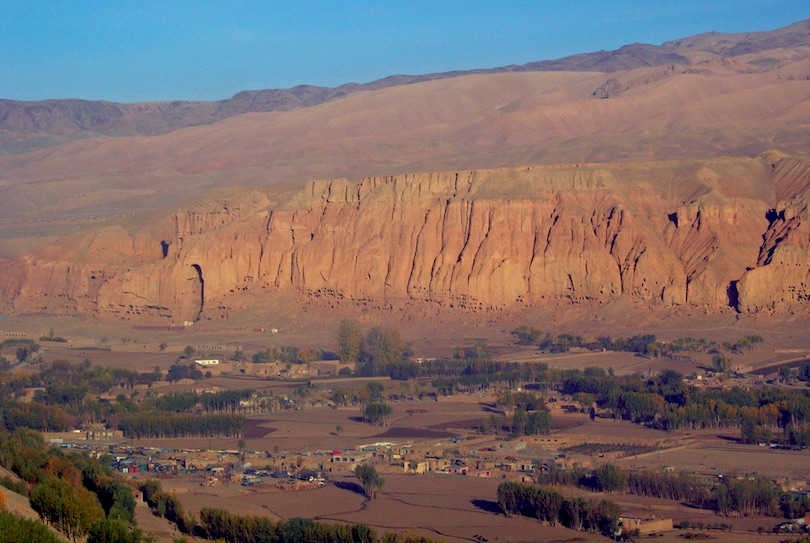
Bamiyan in central Afghanistan is famous for two gigantic statues of standing buddhas carved into the side of a cliff. Created in the 6th century, they were the world’s tallest standing statue of Buddha. The statues were destroyed by the Taliban in March 2001, on the grounds that they were an affront to Islam. The cave dwellings at the foot of the statues, which at one time housed thousand of monks, were used by Taliban for storing weapons. After the Taliban were driven from the region by American troops, civilians made their homes in the caves. Many of the caves have remains of painted frescos. In 2008 a 19 meter (62 ft) reclining Buddha was discovered near the ruins of the Bamiyan buddhas.
7. Sassi di Matera
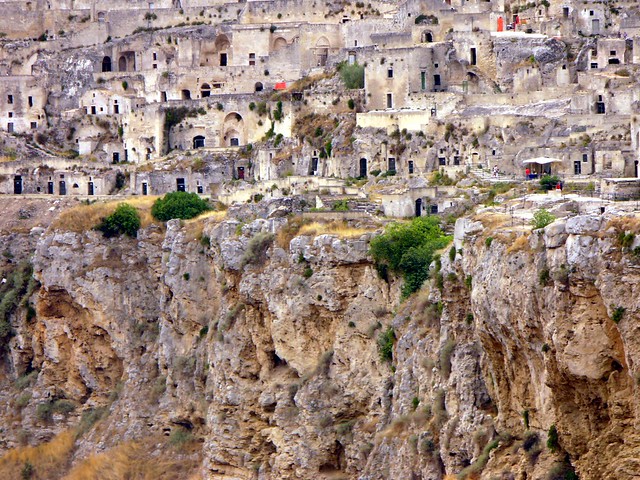
The Sassi di Matera (“stones of Matera”) are cave dwellings situated in the old town of Matera in southern Italy. The Sassi originate from a prehistoric settlement, and are among the first human settlements in Italy. Many of the houses, which are dug into the tufa rock, are really only caverns, and the streets in some parts of the Sassi often are located on the rooftops of other houses. In the 1950s, the government forcefully relocated most of the population of the Sassi to areas of the developing modern city. However, some people continued to live in the Sassi just as their ancestors of 9,000 years ago.
6. Mesa Verde
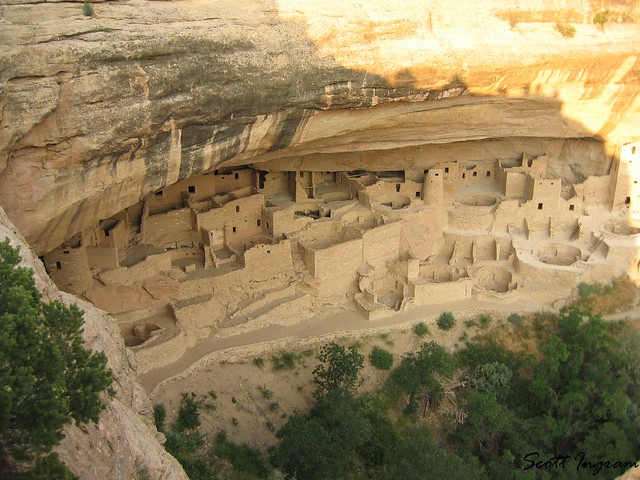
Mesa Verde, in southwestern Colorado, is home to the famous cliff dwellings of the ancient Anasazi people. It may be the most significant archeological preserve of Native American culture in the United States. In the 12th century, the Anasazi start building houses in shallow caves and under rock overhangs along the canyon walls. Some of these houses were as large as 150 rooms. The most famous of these are called Cliff Palace and Spruce Tree House. By 1300, all of the Anasazi had left the Mesa Verde area, but the ruins remain almost perfectly preserved. The reason for their sudden departure remains unexplained. Theories range from crop failures due to droughts to an intrusion of foreign tribes from the North.
5. Bandiagara Escarpment
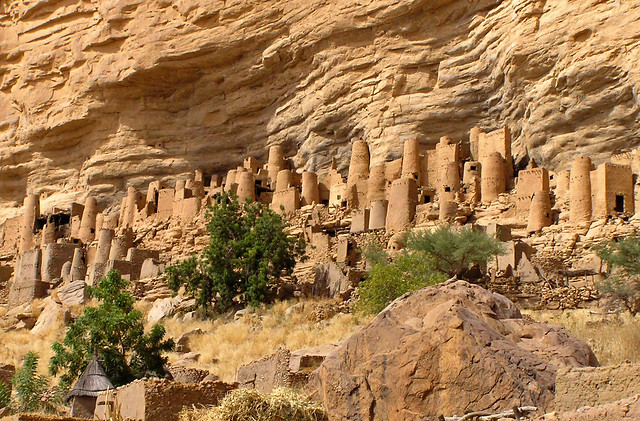
The Bandiagara Escarpment is a sandstone cliff in the Dogon country of Mali that rises almost 500 meters (1,640 ft) from the lower sandy flats below. These cliffs are dotted with ancient cave homes of the Tellem people. These people carved their caves into the cliffs of the escarpment so that their dead could be buried high above the flash floods that are common to the area. They built dozens of villages along the cliffs above the caves. In the 14th century, the Dogon people drove out the Tellem and they remain the inhabitants of this area to this day.
4. Vardzia
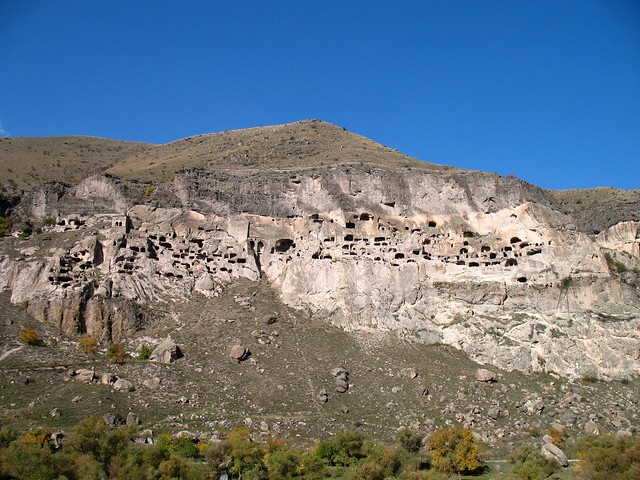
Situated in southern Georgia, Vardzia is a 12th century cave monastery and city carved out of a cliff overlooking a river gorge. It is one of the most spectacular sights in the country. The cave dwellings were constructed during the reign of Queen Tamar as protection from the Mongols. They consisted of over 600 apartments in a 13 story complex. The city included a church, a throne room, and a complex irrigation system watering terraced farmlands. The only access to the complex was through some well hidden tunnels near the Mtkvari river. Today Vardzia is maintained by a small group of monks and can be visited for a small fee.
3. Kandovan

Located in Iran’s East Azerbaijan Province, Kandovan is a mysterious thirteenth century village. Many of the homes at Kandovan have been made in caves located in cone-shaped, naturally formed compressed volcanic ash formations that make the landscape look like a gigantic termite colony. Most of the cave houses are two to four storeys in height. In a typical four storey house, the ground floor is used as an animal shelter, the next two floors are used as living areas, and the top floor is used for storage. The hardened material of the pillars is an efficient insulator and the cave dwellings remain cool in summer and warm in winter.
2. Ortahisar
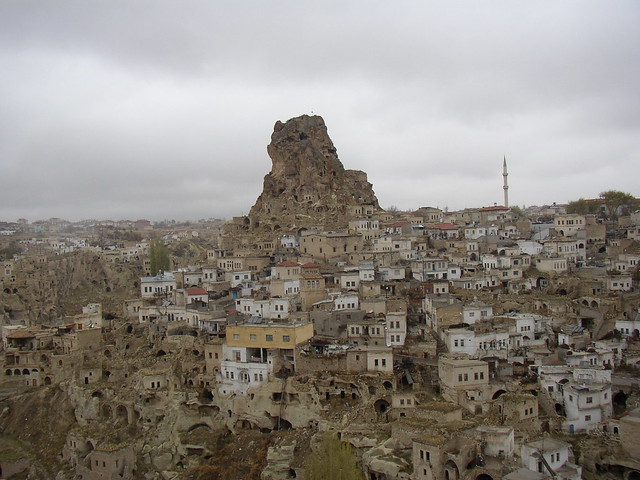
Ortahisar means “middle castle” and as its name implies, it is central among the Cappadocian towns of Goreme in central Turkey. Its most pronounced structure is the castle of Ortahisar situated at a 86 meter (282 ft) high cave. The castle has been used strategically and for accommodation. The caste has partly crumbled away revealing some of its interior. Today it has been restored and the peak is accessible by a staircase.
1. Uçhisar
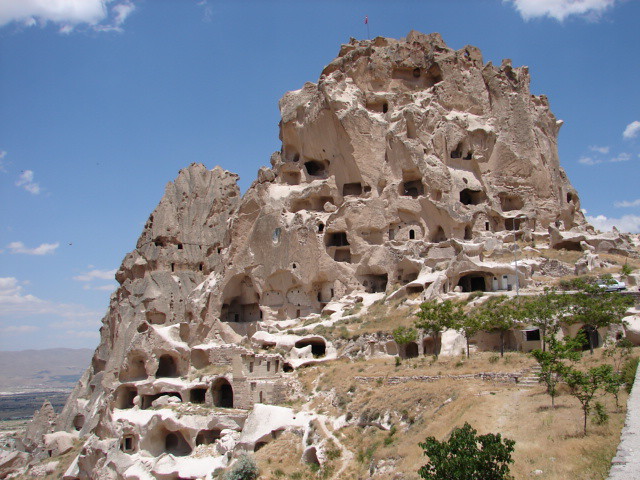
Another town in Cappadocia, Uçhisar is situated at the highest point in the region just 7km from Nevşehir. The rock castle of Uçhisar can be seen for miles away. The cave dwellings inside this rock used to be the most populated area of Uçhisar. However, as the danger caused by erosion became greater, people moved away. The last residents left in the 1950s. The top of the castle provides a magnificient panorama of the surrounding area.
Source
